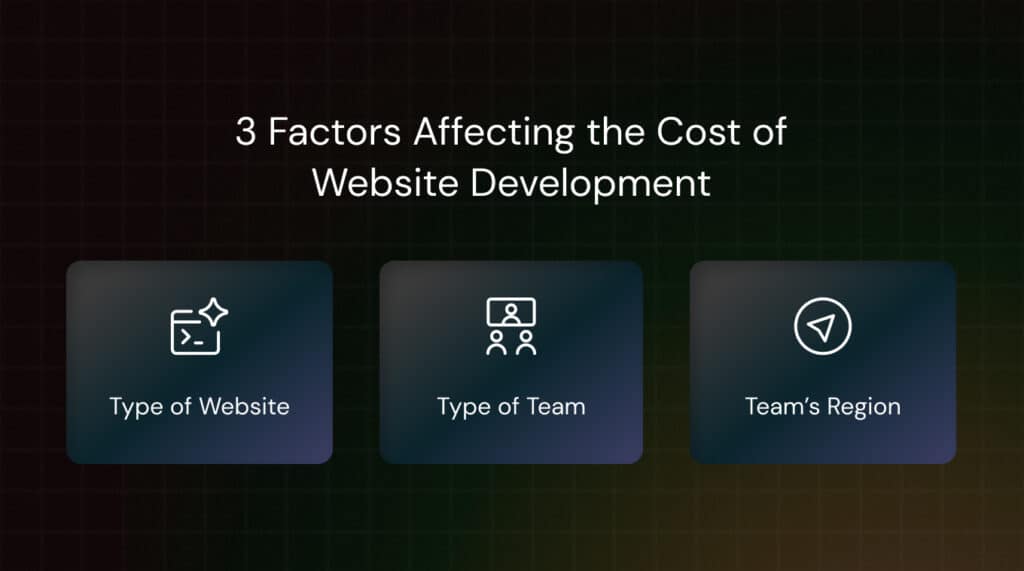Integrating Social Media into Your Website: A Comprehensive Guide
As the landscape of the digital world continues to undergo constant change, the incorporation of social media into websites has become an essential strategy for both individuals and organizations alike. Increasing your online profile, fostering connection, and driving visitors to your website are all possible outcomes of fully utilizing the power of social media. Within the scope of this article, we will investigate the several methods by which you can effortlessly incorporate social media into your website in order to enhance its impact. How do you integrate social media into a website?
The fact that social media platforms have billions of active users makes them a treasure trove for anyone looking to broaden the reach of their website. Through the incorporation of social media, you establish a connection between your website and these platforms, which affords people the opportunity to effortlessly share and engage with the material you provide.
By including social networking links on your website, you provide users the ability to share your content with their own networks, which significantly increases the amount of people who can access your content. The greater visibility may result in an increase in traffic as well as the possibility of conversions.
The incorporation of social media into your website makes it possible for users to like, comment on, and share material directly from your website. This increases user engagement. This connection in real time helps to create a sense of community that is centered around your business.

When determining the rankings of websites, search engines take into consideration social signals. You will see an improvement in the performance of your content in search engine results if it is shared on social media more frequently. Therefore, integrating social media might have a good impact on the search engine optimization of your website. How do you integrate social media into a website?
1. Social Media Buttons and Icons
The most popular and straightforward technique of integration is achieved through the use of social media buttons and symbols. On your website, strategically place identifiable icons from social media platforms, and link to your profiles within those icons. Both the header and the footer, as well as individual bits of content, are suitable locations for this.
2. Social Media Feeds
Adding social network feeds right onto your website allows you to create material that is both dynamic and updated in real time. For example, a live Twitter feed, an Instagram gallery, or posts on Facebook could fall under this category. Maintaining the aesthetic appeal of your website and showcasing your most recent social media activity is accomplished through.
3. Social Media Login
Through the incorporation of social network login options, the user experience can be streamlined. This lowers the hurdles to entry and increases the possibility that users will engage with the platform. Users can register or log in using the credentials they have obtained from their social media accounts.

1. Choose Relevant Social Media Platforms
Choose social media sites that are compatible with the aims of your business and the audience you are trying to reach. Because your material might not be appropriate for every platform, you should concentrate on those that are most likely to resonate with your audience.
2. Optimize Placement of Social Media Icons
It is essential to strategically position icons for social networking platforms. The behavior of the user should be taken into consideration, and icons should be visible without being invasive. Locations that are frequently used include the header, the footer, or alongside the content.
3. Keep it Consistent
You should make sure that your brand is consistently represented across all of your social media sites and website. Create a consistent and easily recognizable brand image by using the same profile photographs, cover photos, and text across all of your platform accounts.
4. Monitor and Analyze Performance
You should do regular monitoring of the performance of your integration of social media. In order to improve your approach and make the most of its influence, you should do an analysis of KPIs such as click-through rates, engagement rates, and conversion rates.

When it comes to growing your online presence, creating connection, and driving traffic to your website, integrating social media into your website is a potent technique. The seamless integration of these platforms can considerably improve the efficiency of your website as well as the user experience. This can be accomplished through the use of social media buttons, feeds, or alternative login choices.
Creating a harmonious synergy between your website and social media presence can ultimately contribute to the growth and success of your online operations. This can be accomplished by adhering to best practices and remaining attuned to the preferences of your audience. In order to ensure the success of your website, you should embrace the ever-changing nature of the digital landscape and use social media to serve as a driving force. https://diversewebsitedesign.com.au/carpet-cleaning-website-design/




